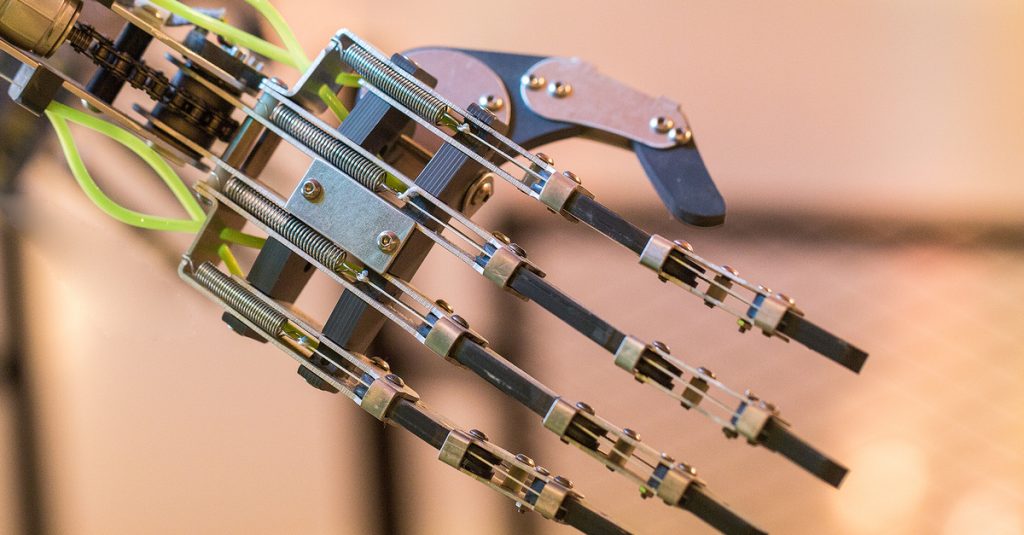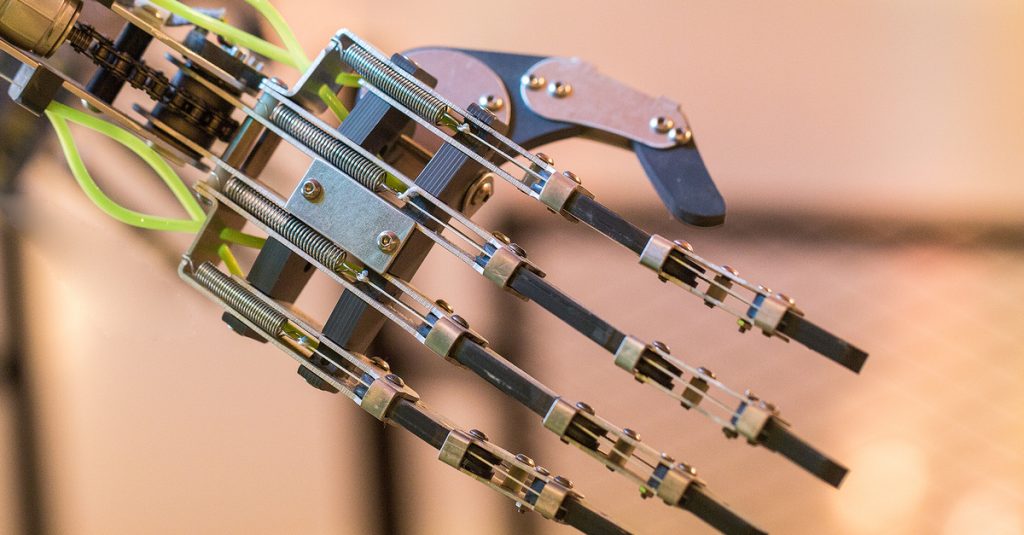Technology is a wonderful, almost miraculous thing. It can enhance our lives and help us get back to normal after the trauma of an amputation. The best thing is that it’s constantly advancing and getting more beneficial every year.
At BioTech, we place a high premium on technology because we know that using technology only benefits our patients. We keep our fingers on the pulse of prosthetic device tech and share what we find with our patients so they’re informed about what we can do for them.
Here’s what’s changing the game for prosthetic devices today.
CAD-CAM Software and Devices Are Revolutionizing Fittings
When you get a prosthetic device, you need to be fitted for it. The traditional way of casting and measuring still works and can work well - but you’ll get a better fit for your prosthesis if you incorporate technology.
Computer-aided drafting (CAD) and computer-aided manufacturing (CAM) systems, called CAD-CAM for short, takes computer technology to the next level for prosthetic device design and creation.
In our office, we can scan your limb using a CAD-CAM scanner, upload it into our computer, and use powerful software to make modifications as necessary. Then, we feed that 3D model into a specially designed automated robot carving machine that carves an exact physical device using the design the software created - all from a real scan of your actual limb!
It’s amazing how precise, accurate, and comfortable your prosthesis can be using this technology, and we’re proud to use it on a daily basis.
Microprocessors Are Turning Prosthetic Devices Into “Smart” Devices
Prosthetic device manufacturer Otto Bock changed the game forever when they released their revolutionary C-Leg, which is controlled by tiny computers called microprocessors. This advance basically turned a regular, non-technological device into a “smart” device that helps better replicate a natural human limb’s motion using the power of computers.
A C-Leg adjusts the mechanics of the leg - particularly the swing - in real time as you walk. This enables a smoother, more natural gait that is also more stable and less tiresome. The microprocessors are working at the speed of light to modify how the leg moves so you’re getting a better experience with each step.
Now, the market is filling up with other microprocessor-controlled limbs, including some that are even trying to replicate the sensation of touch.
It’s an exciting time to be alive if you’re an amputee. What is possible now wasn’t possible 5 or 10 years ago, and what will be possible 5 or 10 years from now will astound us.
Contact the team at BioTech to learn more about how advanced technology in our office can help you find the prosthetic device to return normalcy to your life and give you a chance to recognize your possibilities.

